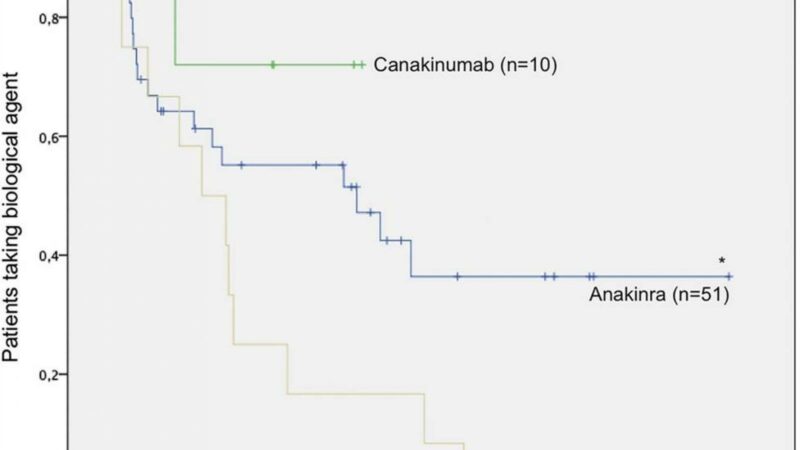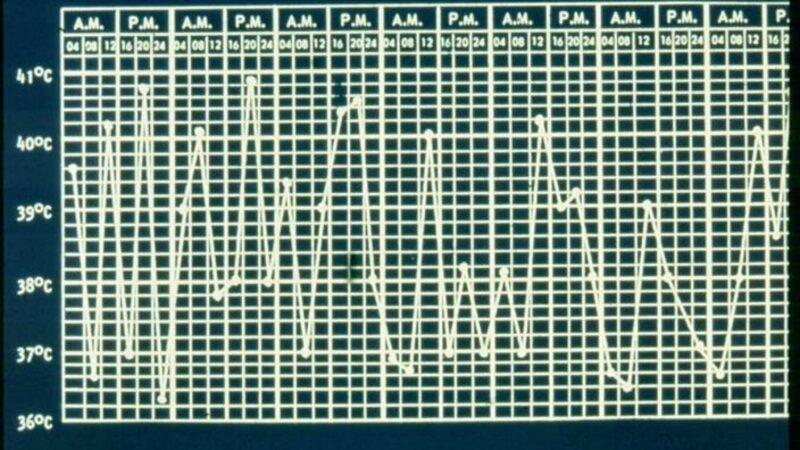The drug retention rate of interleukin-1 inhibitors (IL-1) used to treat systemic juvenile idiopathic arthritis (JIA) appears to be quite high according to a new study.
Investigators performed a retrospective cohort review of 77 sJIA patients enrolled from 15 Italian centers who were treated with either anakinra (ANA) and canakinumab (CAN). The mean age of these patients was 12.7 years and mean sJIA disease duration was 4 years.
The retention rate of these IL-1 inhibitors at 12-, 24-, 48-, and 60-months of follow-up was 79.9%, 59.5%, 53.%5, and 53.5%, respectively.
While the differences were not statistically different between ANA and CAN, the cumulative survival (retention) trended in favor of CAN, without concomitant DMARD (p = 0.056) and with concomitant DMARD use (p = 0.058). Survival was significantly better with first time use of an IL-1 inhibitor.
Adverse events were significantly more frequent in those previously treated with biologic drugs (p = 0.038) compared to biologic naive patients.
Those with a higher risk of IL-1 inhibitors withdrawal included patients previously treated with other biologics (HR = 3.357 [CI: 1.341-8.406], p = 0.01) and those experiencing AEs (HR = 2.970 [CI: 1.186-7.435], p = 0.020).
These data suggest an excellent overall for both ANA and CAN, especially when used first line to manage sJIA.
Author: John Swope
Related Content
-
October 1, 2018
Only inhibitors of IL-1 (canakinumab) and IL-6 (tocilizumab) are FDA approved for use…
-
May 5, 2015
A retrospective review of 77 SoJIA patients revealed that 50-70% achieved inactive disease or remission…
-
November 9, 2021
-
November 26, 2019
A disease you’ve never heard of is becoming increasingly common and carries a…
-
August 8, 2019
A single-center cohort analysis shows that lung disease (LD) is increasingly seen in…
-
January 17, 2018
Since 2000, the German Biologics register (BiKeR) has prospectively enrolled children with juvenile…









